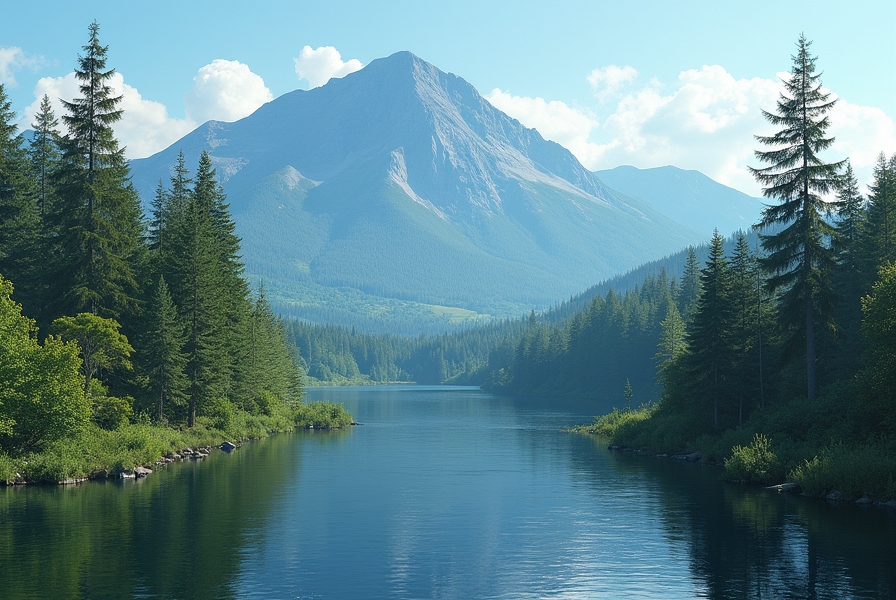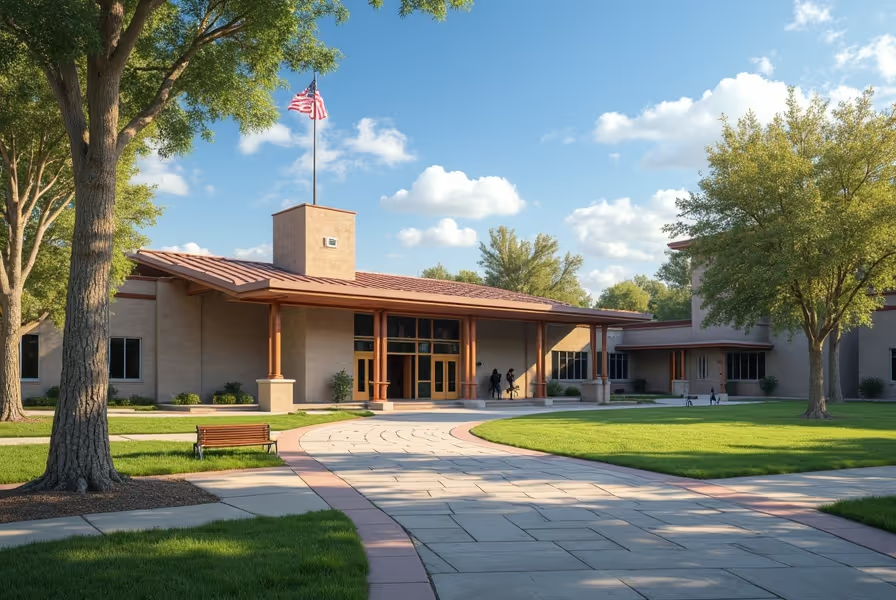Discovering Vermont’s Majestic Mountain Ranges
When you picture Vermont, you might imagine rolling hills, green forests, and quaint small towns. Yet, one of its most defining features is the beautiful mountain ranges that stretch across the state. Vermont’s landscape is legendary for outdoor recreation, stunning vistas, fall foliage, hiking, and winter sports. Understanding what mountains are found in Vermont helps you plan your next adventure, learn more about its natural history, and appreciate the state’s unique geography.
Exploring Vermont’s Major Mountain Ranges
Vermont boasts several mountain ranges, attracting visitors year-round. The most prominent mountains in Vermont belong to two main ranges, each with its own character and landscape.
- The Green Mountains: Famous for their lush forests and year-round beauty, these are Vermont’s best-known peaks.
- The Taconic Mountains: Located in the southwest, these mountains are a smaller but beautiful range.
- The Northeastern Highlands: Sometimes referred to as the Vermont Piedmont, these highlands feature rolling hills and modest peaks in the state’s northeast.
Vermont’s Tallest Peaks and the “Four Thousand Footers”
Vermont’s tallest mountains offer challenging hikes and incredible views. If you’re a hiking enthusiast, you’ll hear about the “Four Thousand Footers,” which refer to peaks higher than 4,000 feet above sea level. Here’s a look at Vermont’s highest summits:
- Mount Mansfield (4,393 feet): Vermont’s highest mountain, located in the Green Mountains, offers breathtaking panoramic views. The summit ridge resembles a human face profile, naming sections as the “Chin,” “Nose,” and “Adam’s Apple.”
- Killington Peak (4,235 feet): The second-highest point in the state, Killington is renowned for its ski resort and trails.
- Camel’s Hump (4,081 feet): Easily recognized by its double-humped silhouette, this peak is a favorite for photographers and hikers.
- Mount Ellen (4,083 feet): Known for hiking and skiing, Mount Ellen offers long-distance vistas and is part of the Monroe Skyline.
All four of these are part of the beloved Green Mountain range, which forms the backbone of Vermont’s landscape and influences everything from the local climate to wildlife habitats.
The Green Mountains: Vermont’s Signature Range
The Green Mountains run like a spine from the Massachusetts border in the south to the Canadian border in the north. Much of the state’s outdoor culture centers around this range. The Long Trail, America’s oldest long-distance hiking path, follows the main ridge of the Green Mountains for over 270 miles.
Notable peaks and spots in the Green Mountains include:
- Mount Abraham (4,006 feet): Noted for beautiful alpine landscapes.
- Mount Equinox (3,848 feet): The highest point in the Taconic Range, but sometimes considered part of the Green Mountains.
- Stratton Mountain (3,940 feet): Historic as the birthplace of the Appalachian and Long Trails.
- Bald Mountain (3,315 feet): Popular with hikers for its stunning overlooks.
- Jay Peak (3,858 feet): Famous for skiing and scenic drives near the Canadian border.
Discovering The Taconic Mountains
Running along the southwest boundary with New York State, the Taconic Mountains offer scenic beauty and quieter trails. While not as tall as the Green Mountains, the Taconics are a favorite for hiking, birdwatching, and tranquil day trips.
- Mount Equinox (3,848 feet): Highest summit of the Taconic range in Vermont.
- Dorset Mountain (3,804 feet): Offers serene wilderness experiences and historic mining sites.
- Grass Mountain (3,109 feet): Remote peak with limited but rewarding access.
Nature lovers treasure the Taconic range for its biodiversity and relative solitude compared to more popular areas.
Other Notable Vermont Peaks and Ranges
Looking for less crowded spots or something a little different? Vermont is filled with smaller mountains and lesser-known highlands:
- Monadnock Mountain (3,148 feet): Near the Northeast Kingdom and the Canadian border, not to be confused with New Hampshire’s famous Monadnock.
- Brighton Mountain (Brighton State Park): Beautiful year-round, especially during fall foliage.
- Hogback Mountain (West Marlboro): Known for the “Hogback Mountain Gift Shop” and 100-mile views.
- Burke Mountain (3,267 feet): A favorite in the Northeast Kingdom for skiing and hiking.
The Northeastern Highlands include smaller, rugged hills and are great for peaceful hikes, wildlife watching, and exploring Vermont’s rural charm.
Featured Outdoor Activities in Vermont’s Mountain Regions
No matter the season, Vermont’s mountains deliver countless opportunities for fun and exploration. Here are some favorite mountain activities:
- Hiking the Long Trail and Appalachian Trail
- Skiing and snowboarding at Killington, Stowe, Jay Peak, and Burke
- Fall foliage drives and photography
- Wildlife observation and birdwatching
- Backpacking and camping retreats
- Mountain biking and trail running
- Scenic mountain gondola rides at resorts
The best time to visit depends on your goals. Hiking peaks is wonderful from late spring through fall, while the winter transforms Vermont into a skier’s paradise.
Frequently Asked Questions About Vermont’s Mountains
What is the tallest mountain in Vermont?
Mount Mansfield is the highest peak in Vermont. Its summit reaches 4,393 feet above sea level. You can hike, drive, or take a ski lift to enjoy scenic views from the top.
How many mountain ranges are in Vermont?
Vermont is home to several mountain ranges, including the Green Mountains, Taconic Mountains, and Northeastern Highlands. The Green Mountains are the state’s most famous and run north to south.
What mountains can you ski in Vermont?
Vermont has top ski mountains, such as Killington Peak, Mount Mansfield (Stowe), Jay Peak, Mount Ellen (Sugarbush), and Burke Mountain. These offer excellent skiing and snowboarding experiences for beginners to experts.
Are the White Mountains in Vermont?
The White Mountains are located in neighboring New Hampshire, not Vermont. Vermont’s most famous range is the Green Mountains, which run through the center of the state.
What are the best hiking trails in Vermont mountains?
Top hiking trails include the Long Trail, Camel’s Hump Trail, Mount Mansfield Loop, Killington Peak Trail, and Stratton Mountain Trail.











.svg)



